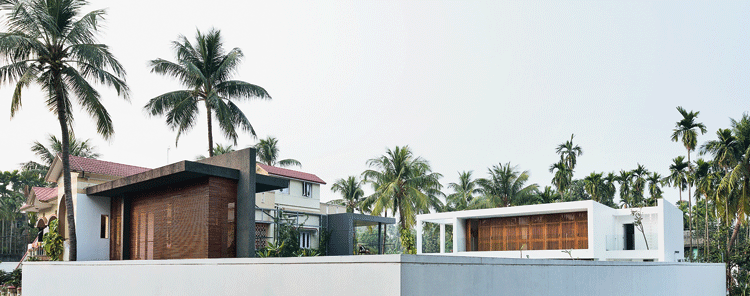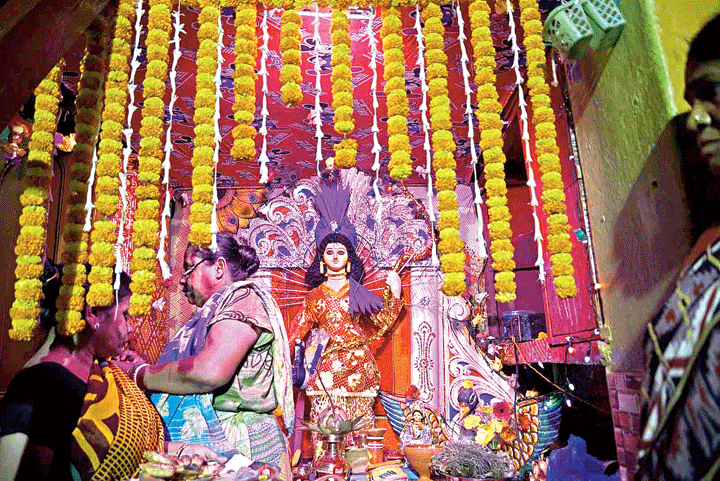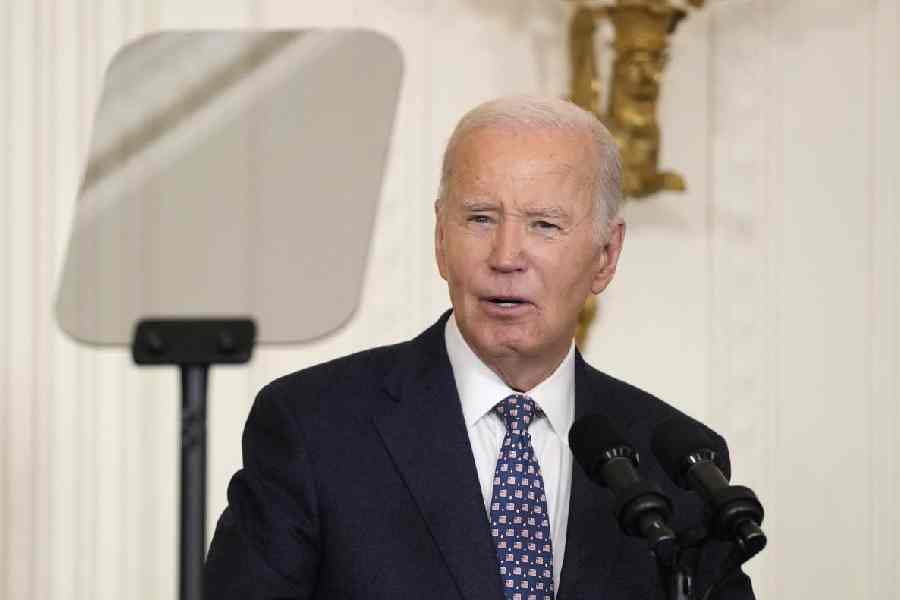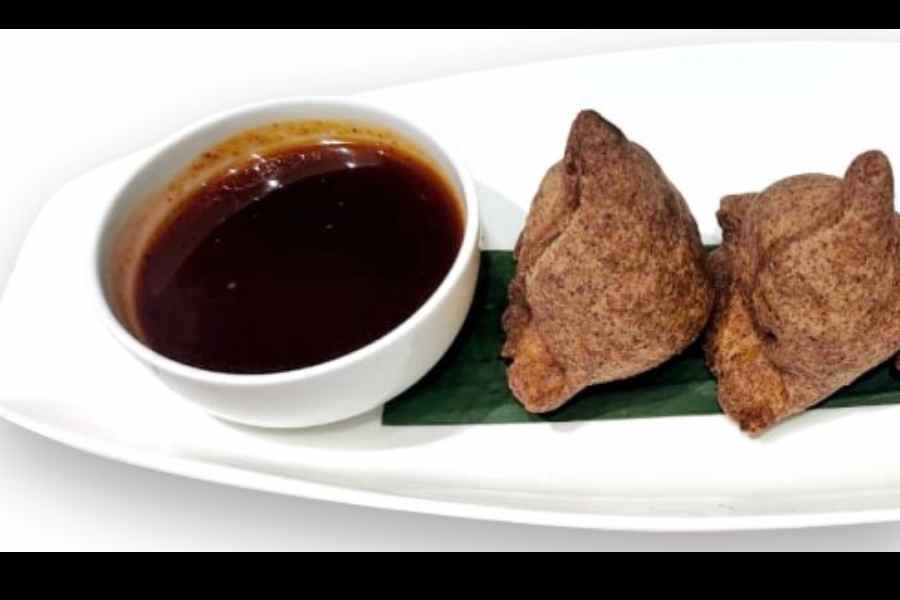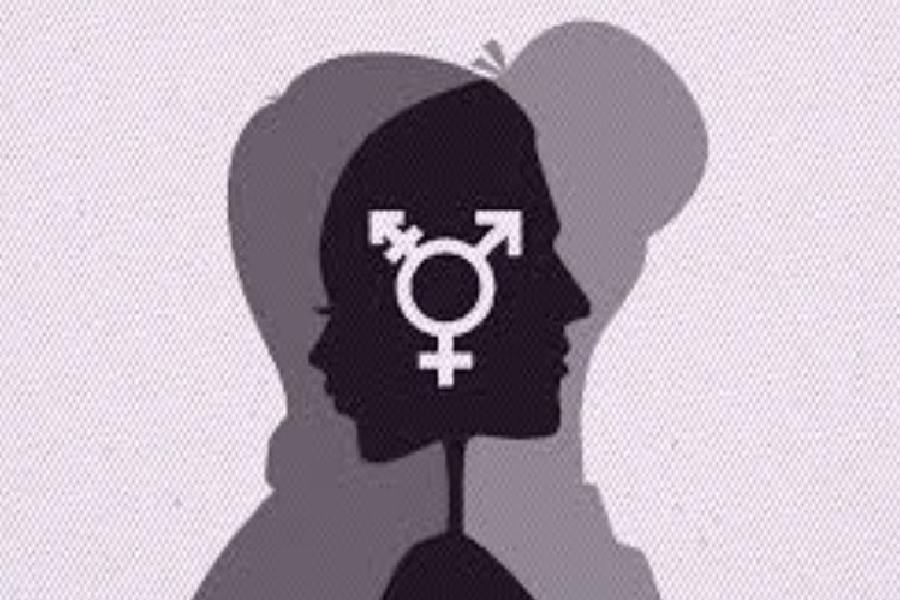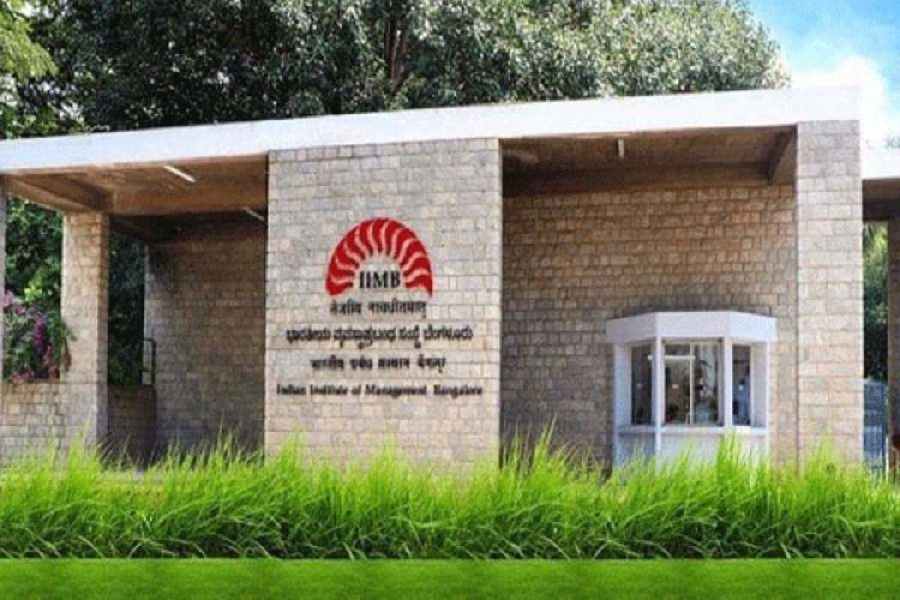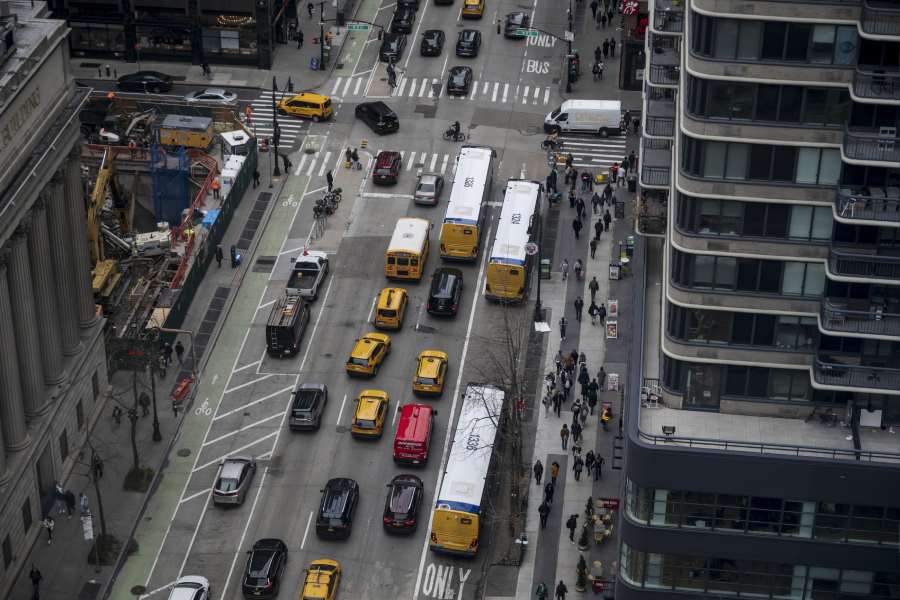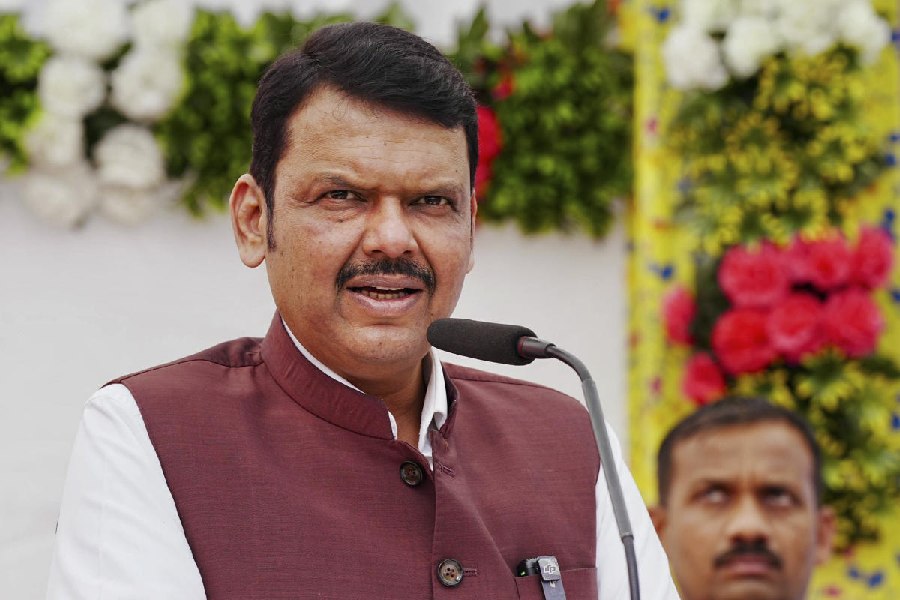Of the Devi’s squad — the five members of the Durga Family who visit Bengal in autumn — I have always had a soft corner for Kartik. Priests, politicians, Puja organisers, dhaakis et al. fawn over the goddess; matronly women devotees cast longing looks at the portly Ganesh; the forever struggling Bengali businessman prostrates himself in front of Lakshmi; children pray fervently at Saraswati’s feet.
But not much fuss is made about Kartik; he stands forlorn, perched on his peacock, in the far-right corner of the pandals.
Kartik’s lack of admirers may have something to do with his distinctly non-martial legacy in this part of the world. On reaching Bengal, the fierce Murugan, the stud of southern India, gets transformed into the indolent dandy that was the Bengali babu of the late 19th century.
The bhadralok’s condescension for Kartik could also be attributed to the deity’s popularity in the abhadra sphere. Even today, Calcutta’s Kartik Pujas, a handful, remain relegated to the red-light precincts of Durga Charan Mitra Street, Abinash Kabiraj Street, Masjidbari Street and so on.
But the god of war seems to have found his redemption about 45 kilometres away from the city — in Bansberia in Hooghly. Calcutta has Durga; Chandannagore adores Jagaddhatri; Bansberia, on the other hand, deifies Kartik. “Approximately 350 Kartik Pujas took place in the month of Kartik,” informed Rana, one of the young members of Milan Pally. The club celebrated its 61st Kartik Puja last year.
A local journalist — Hooghly has been his “beat” for years — is convinced that sponsorship and political patronage have played a role in the rise in the number of such pujas as well as public interest in these festivities in recent times.
Rupchand Pal, a former parliamentarian and an erudite resident, offered two different strands of thought to explain Bansberia’s veneration of Kartik. The mix of history and myth is evident in both lines of reasoning.
“Bansberia is believed to be one of the seven villages that constituted Saptagram, the flourishing port-town in early medieval Bengal. One constituency that patronised Saptagram is thought to be of sailors from Tamil Nadu who were traditional worshippers of Kartik. Another contention is that the tradition in Bansberia, which coincides with the onset of the Raas festival, may have begun under the influence of the festivities in Katwa in neighbouring Burdwan.”
A singular aspect of the Kartik festival in Katwa is a ritual known as “Kartik-er lorai”, in which participants play-act the notion of conflict in recognition of the martial roots of the god.
Bansberia, unlike Calcutta, is respectful of Kartik’s diverse roops (forms).
“Several kinds of Kartik are worshipped here,” Pal pointed out patiently. There is, according to one quip, “General Kartik” — this idol has two sentries on either side. “We also have the Babu Kartik, representing the Bengali landed elite,” Pal added. Apparently, some of the idols portray aesthetic elements that are integral to Kannada sculpture, highlighting another underexplored connection with the land south of the Vindhyas. Recently, Bansberia had surprised even the veteran watcher Pal with a Kartik who sported denims and held a gun.
Conversations and interviews with respondents show that much of the history of Bansberia’s Kartik Puja is an amalgamation of urban lore.
Ironically, this underscores the paucity of research in some of the Little Traditions that are prevalent in provincial West Bengal.
Hearteningly, there are textual sources that are waiting to be mined. “The writings of Munindra Deb Roy, a pioneering figure in the library movement within and outside India, could shed some interesting light since he lived in Bansberia and wrote extensively on such matters,” stated Pal.
Of late, gods and goddesses have been falling like nine-pins before the majoritarian wave in India. Maryada Purushottam has already been taken. Could Kartik go the same way, given that Hooghly had chosen the lotus in the last parliamentary polls?
Pal disagreed. “Bansberia’s socio-economic texture is an important factor here. It has had a strong working class lineage, given its history as a centre of trade, from jute mills to indigo plantations earlier. It is this communitarian link that acts as a shield against the majoritarian surge in recent times.”
Little wonder then that Kartik has, since time immemorial, been perceived as a symbol of unity, serving as a bridge connecting Shaivism, Buddhism and Dravidian theology.
He still stands as a sentinel of harmony in a polarised country. Bansberia can vouch for that.


